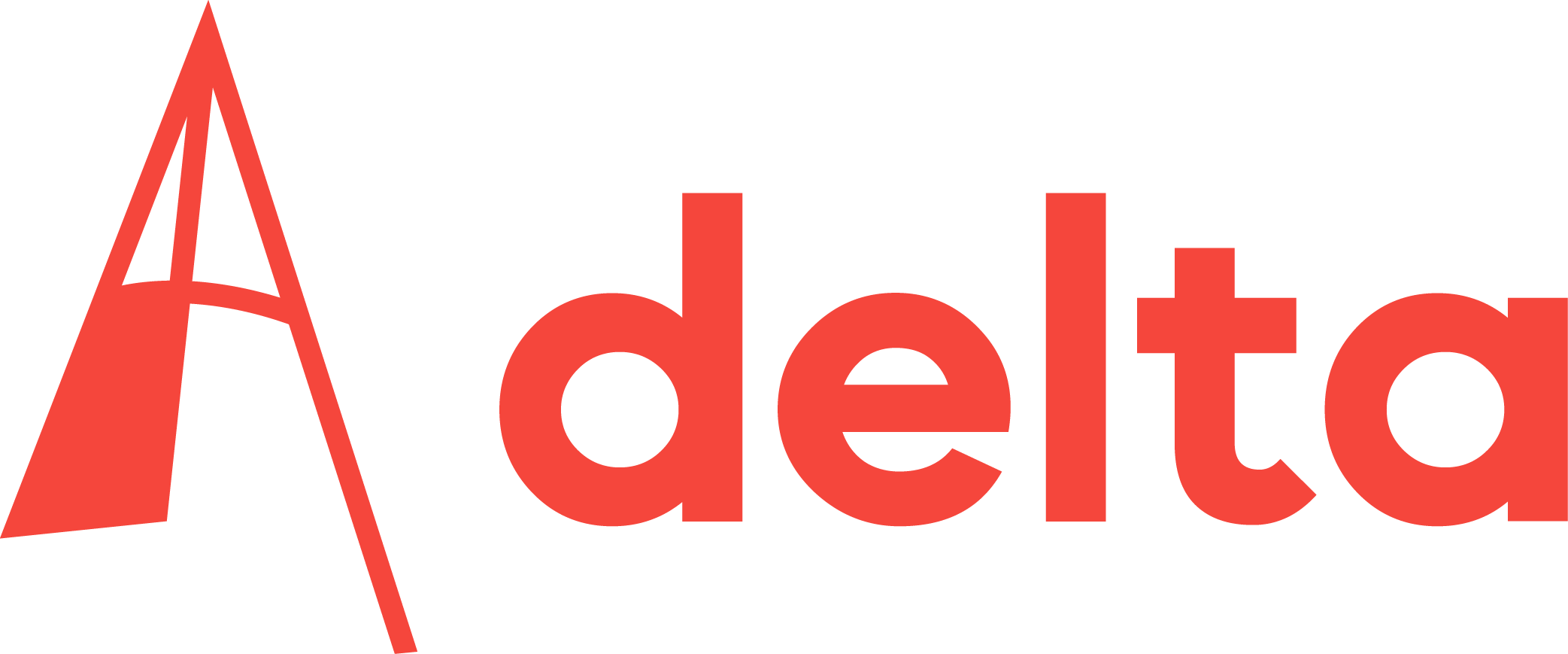We shape our environments and they in turn influence us. Spaces have an underlying social logic that can support encounters or avoidance. Considering the built environmental as a social spatial network was the starting point for Pirouz Nourian’s research to develop computational methods for analysis and synthesis of architectural and urban spatial configurations.
There is plenty of data on adult programmers and how they code, but until recently little was known about how kids code. Two TU Delft researchers are trying to change that in order to help kids become better programmers.
Project Pal is a big project which focuses on developing a social robot: a companion for children with diabetes.
Diabetes is a very complex and chronic disease and in order to stay healthy it has to be taken care of every day.
Stressed bacteria protect their DNA by compacting it in clusters. More insight into the mechanisms involved may lead to more effective antibiotics.
Dr. Martin de Graaf, who also works for the Royal Netherlands Meteorological Institute (KNMI), arrived on the shores of Ascension Island earlier this month to join an international group of scientists involved with CLARIFY-2016.
Bijna twee derde van de Europese groene energie komt uit biomassa. Vooral bijstook van hout in kolencentrales is erg populair. Volgens New Scientist levert dat geen klimaatvoordeel op, integendeel, en schaadt bijstook de armen en de natuur.
Mark Rutte is niet de enige die zich er druk om maakt dat hij als alleenstaande nog altijd tegen taboes aanloopt. Eva van Rijen was happy single toen ze uit pure frustratie over het onbegrip, bij Bouwkunde afstudeerde op woningen voor ‘solo’s’.
Gekleed in witte overalls voeren Gjalt Annega en Fossil Free TU Delft actie op de campus. In een petitie roepen ze het cvb op afstand te nemen van fossiele brandstof.
His internship with Amyris in California led to a Nature publication and an invitation to stay. Still, Robert Mans returned to Delft to do a PhD. Why?

